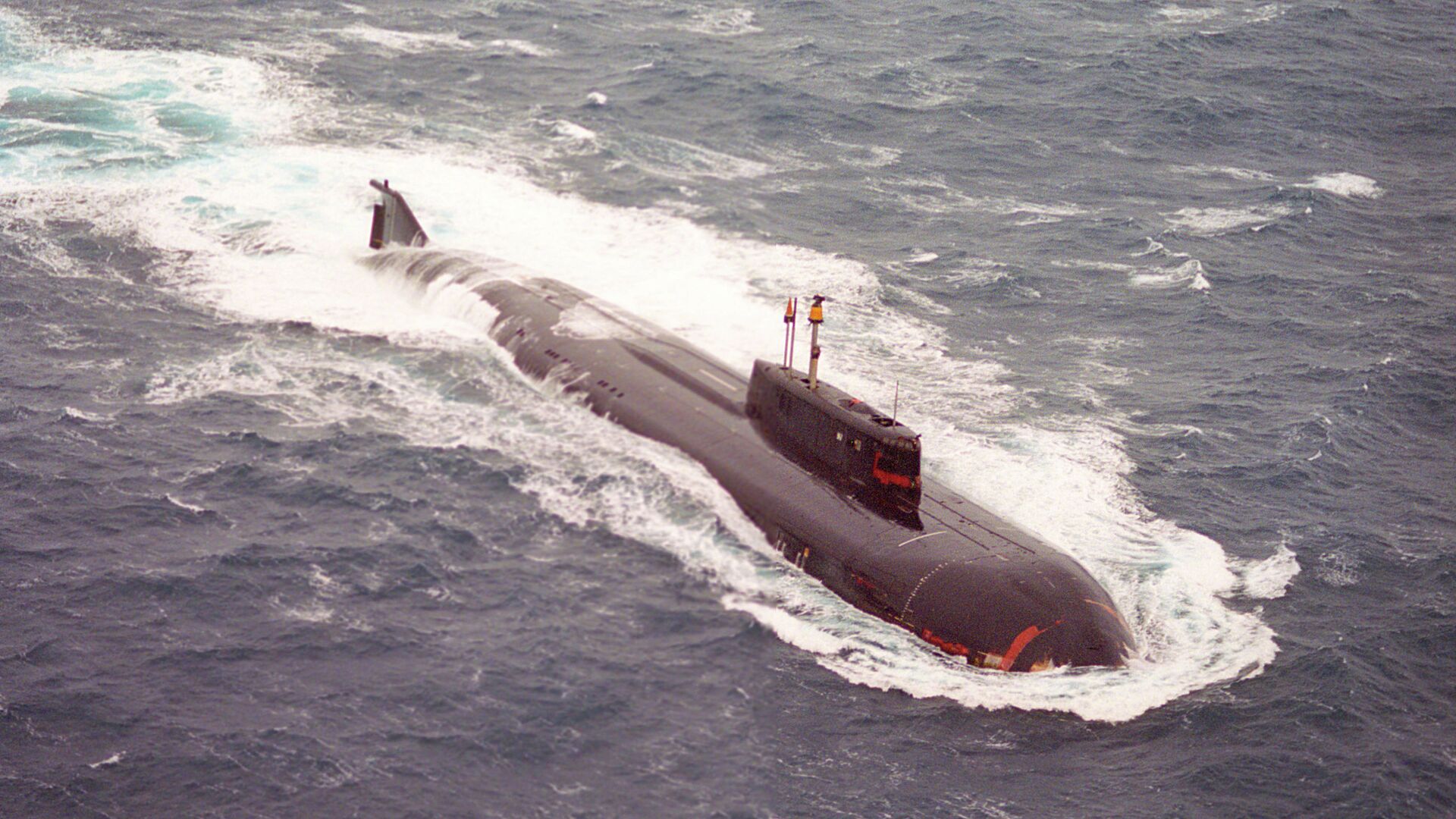Polish Media Claims Russian Sub Sought to Steal British Frigate’s Sonar
13:32 GMT 11.01.2022 (Updated: 13:53 GMT 11.01.2022)

© Sputnik / Oleg Lastochkin
/ Subscribe
Last week, the UK Ministry of Defence alleged that a Russian hunter-killer sub had collided with a sonar array being towed by the HMS Northumberland frigate during a north Atlantic patrol in the sea area between Norway and Iceland in late 2020. The Russian military did not comment on the alleged incident.
The suspected ‘Russian submarine’ which the UK says came into contact with the HMS Northumberland’s Type 2087 towed low-frequency sonar in 2020 may have been attempting to “hijack” it, Polish defence news outlet Defence24 has claimed.
“The British may have deliberately decided not to admit the loss of the sonar and, consequently, the possibility of its capture by the Russians. That is why the British Navy officially claims that the incident was an accident and not intentional,” the outlet suggests.
A BBC Channel 5 crew happened to have been onboard the HMS Northumberland during the suspected 2020 collision, with panicked officers and seamen filmed shouting “Sh*t. What the hell was that?” and “What the f*ck have I just hit?” during the incident, which came shortly after Captain Thom Hobbs said his ship was operating so close to the foreign submarine that “if they were on the surface we would definitely see faces.”
A UK MoD spokesperson reported on the suspected incident last week, saying that “a Russian submarine being tracked by” the British warship “came into contact with her towed array sonar.”
The military said that the HMS Northumberland’s onboard Merlin helicopter had spotted the sub’s periscope nearby before the incident took place.
The MoD did not elaborate on the fate of the sonar. However, an unnamed Royal Navy source told The Sun that the device had been left “badly chewed up and unusable” after being “dragged over the submarine’s hull.”
“The crew of the submarine would have sh*t themselves” during the accident, hearing “a very sudden and unexpected noise like a fork being dragged over a cheese grater,” the source said.
The Northumberland was said to have been forced to abort its mission and return to port following the incident to inspect damage.
Former Royal Navy commander Tom Sharpe didn’t rule out sabotage.
“That class of frigate, well operated and well run, is very, very stealthy. It’s possible the submarine was closer than it thought it was. Otherwise, you start tending to think that maybe it wasn’t an accident. Maybe it was deliberate. I don’t want to cause mischief, but that has happened before so that’s an option in this case,” Sharpe said in an interview with Forces News.
The frigate’s Type 2087 sonar array, capable of both passive and active operations, was made by French defence company Thales. Since it is specifically designed to detect subs before they are within attack range, it’s unclear why the British warship did not engage in evasive manoeuvres against the suspected Russian sub as it approached.
The last time a similar incident involving the Royal Navy and Russia or its allies was reported to have taken place occurred in 1982, when the HMS Conqueror, a Churchill-class nuclear-powered attack sub, stole a then-new Soviet-made towed sonar in the Barents Sea in an operation code-named Barmaid. The sub made off with the sonar after snipping its wires from a Polish towing vessel operating in Soviet waters (Poland was allies with Moscow under the Warsaw Pact alliance at the time). The stolen sonar was taken back to Scotland, packed onto a plane and sent to the US for examination. The same sub was later involved in a collision with an army sail training yacht in 1988, sinking it.
In its piece on the 2020 incident involving the HMS Northumberland, Defence 24 suggested that a “repeat” of the 1982 operation “by the Russians would undoubtedly be a great propaganda success for them.”


